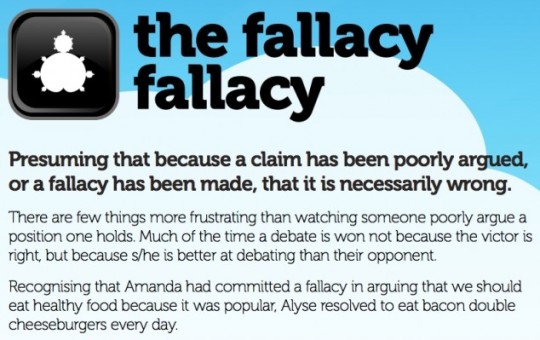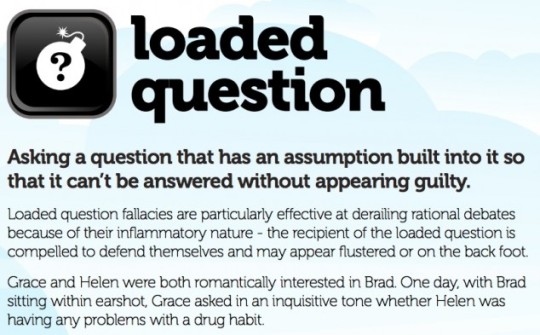Text

doesn’t this make you feel absolutely wild
34K notes
·
View notes
Text
Today is Erev Yom Ha'Shoah (Eve of Holocaust Memorial Day) in Israel. It will be observed by Jews outside of Israel, too.

The Hebrew date was chosen to honor the outbreak of the Warsaw Ghetto Uprising. It's also a week before Erev Yom Ha'Zikaron Le'Chalalei Ma'archot Yisrael (Eve of Israel's Memorial Day for its Fallen Soldiers and Terror Victims), which is itself observed a day before Yom Ha'Atzmaut Le'Yisrael (Israel's Independence Day). A lot of people have remarked on the connection between the three dates. On Yom Ha'Atzmaut, we celebrate our independence, which allows us to determine our own fate, and defend ourselves without being dependent on anyone else, right after we remember the price in human life that we have paid and continue to pay for this independence, and a week before we mourn the price we've had to pay for not getting to have self defence during the Holocaust. NEVER FORGET that in one Nazi shooting pit alone (out of almost two thousand) during just 2 days (Erev Yom Kippur and Yom Kippur 1941), more Jewish men, women and kids were slaughtered than in the 77 years since Israel's Independence War was started by the Arabs. This unbreakable connection between the living and the dead, between our joy and our grief, is often addressed with the Hebrew phrase, במותם ציוו לנו את החיים, "With their death, they ordered us to live."

On this Erev Yom Ha'Shoah, I'd like to share with you some data, published on Thursday by Israel's Central Bureau for Statistics (source in Hebrew).
The number of Jews worldwide is 15.7 million, still lower than it was in 1939, before the Holocaust, 85 years ago (that is what a genocide looks like demographically).
7.1 million Jews live in Israel (45% of world Jewry)
6.3 million Jews live in the US (40% of world Jewry)
Here's the data for the top 9 Jewish communities in the world:
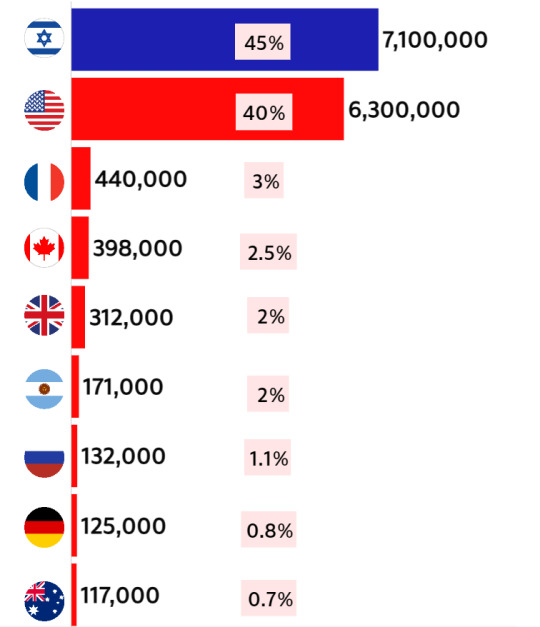
There are about 133,000 Holocaust survivors currently living in Israel. Most (80%) live in big cities in central Israel. Around 1,500 are still evacuated from their homes in northern and southern Israel due to the war (back in January, on International Holocaust Remembrance Day, there was a report about 1,894 survivors who also became internal refugees due to the war. Source in Hebrew). One Holocaust survivor, 86 years old Shlomo Mansour, is still held hostage in Gaza. He survived the Farhud in Iraq.
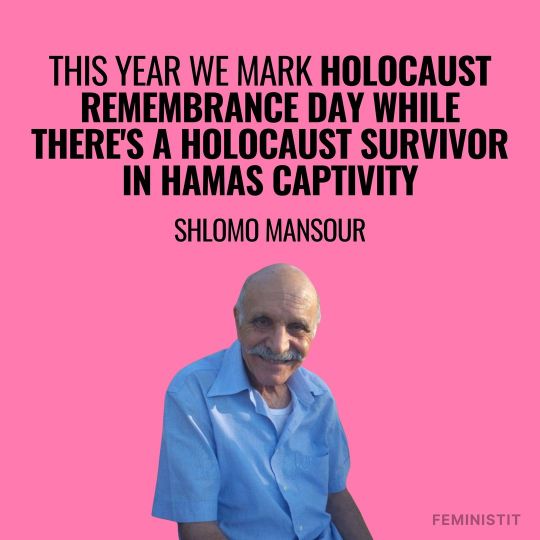
I haven't seen any official number for how many survivors had been slaughtered as a part of Hamas' massacre, despite everyone here being aware that Holocaust survivors had been murdered on Oct 7, such as 91 years old Moshe Ridler. Maybe, as we're still discovering that some people thought to have been kidnapped during the massacre, were actually killed on that day, no one wants to give a "final" number while Shlomo has not yet been returned alive.
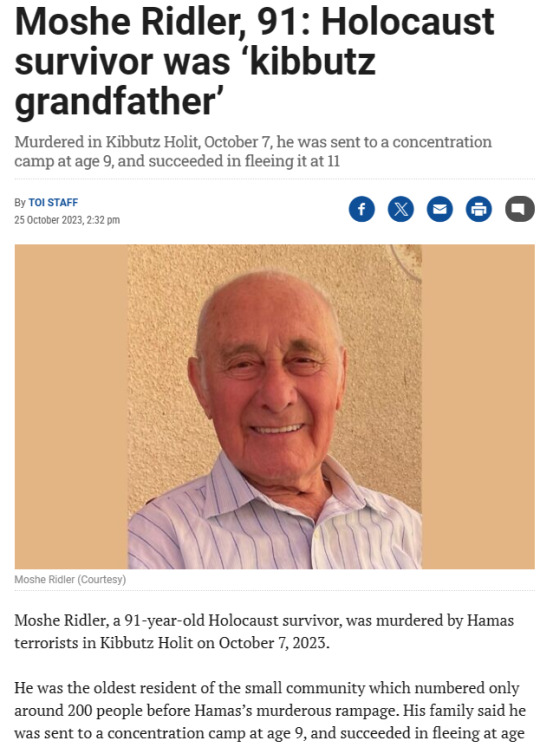
Out of all Israeli Holocaust survivors, 61.1% were born in Europe (35.8% in the countries of the former Soviet Union, 10.8% in Romania, 4.9% in Poland, 2.9% in Bulgaria, 1.5% in Germany and Austria, 1.3% in Hungary, 4.2% in the rest of Europe), 36.6% were born in Asia or Africa (16.5% in Morocco, 10.9% in Iraq, 4% in Tunisia, 2.6% in Libya, 2.1% in Algeria, 0.5% in other Asian and African countries) and 2.3% were born elsewhere.

Out of all Holocaust survivors in Israel, 6.2% managed to make it here before the establishment of the state, despite the British Mandate's immigration policy against it (up until May 13, 1948). 30.5% made it to Israel during its very first years (May 14, 1948 until 1951), another 29.8% arrived in the following decades (1952-1989), and 33.5% made Aliyah once the Soviet Union collapsed, and Jewish immigration to the west (which included Israel) was no longer prohibited by the Soviet regimes (1990 on).
The second biggest community of survivors in the world is in the US, the third biggest (but second biggest relative to the size of the population) is in Australia. I heard from many Holocaust survivors who chose to immigrate there that they wanted to get "as physically far away from Europe as possible."
For a few years now, there's been this project in Israel, called Maalim Zikaron, מעלים זיכרון (uploading memory. Here's the project's site in Hebrew. In English it's called Sharing Memories, and here's the English version of the site) where Israeli celebs are asked to meet up with a Holocaust survivor (it's done in Hebrew), and share the survivor's story and the meeting on their social media on Erev Yom Ha'Shoah (which is today). Each year, there's also one non-Israeli Jewish celeb asked to participate (in English. This time around it's Michael Rapaport, he's meeting Aliza, an 81 years old survivor from the Netherlands, who was hidden along with 9 other Jewish babies for two years. He uploaded a preview of his meeting with her here, where he asked her what it means to her to be a Jew, and from what I understand, he will upload more today to the same IG account). This year, there will be an emphasis on Holocaust survivors who also survived Oct 7 (with 6 of the 20 participating survivors having survived Hamas as well). Here's a small bit from an interview with one such survivor, 90 years old Daniel Luz from kibbutz Be'eri:
(for all of my updates and ask replies regarding Israel, click here)
458 notes
·
View notes
Text


𝖥𝗅𝗈𝗐𝖾𝗋 𝖥𝖺𝗂𝗋𝗒 𝖻𝗒 𝖢𝗂𝖼𝖾𝗅𝗒 𝖬𝖺𝗋𝗒 𝖡𝖺𝗋𝗄𝖾𝗋
2K notes
·
View notes
Text
I thought it was very important to point out that henren's new daughter will be mara wilson like from matilda
1 note
·
View note
Text
Jews of tumblr, important question:
#actually i summed it up for everyone after my mother read the english from the artscroll youth Haggadah which doesnt mention it#our seder was much more tickled by the explanation of derech eretz as sex within a marriage
76 notes
·
View notes
Text
Shipper's Dayeynu. Is this anything?
#if the actors did promo together Dayeynu#if the characters have a scene together that episode but they didn't have a dmc Dayeynu#jumblr#i guess?
2 notes
·
View notes
Note
Jewish culture is making a stir fry with chicken that turned out super well and complaining to your twin how they can't taste it cuz they're vegetarian and them them being like: "I would taste a little as long as I don't eat the chicken itself but I just ate Halavi so I can't cuz Kosher"
.
20 notes
·
View notes
Text
april fools day is actually the most sensible day of the year because it's the only day on which people will read something on the internet and stop for a second to consider whether or not it's actually true
79K notes
·
View notes
Note
Okay i saw your answer on etrogs so it made me wonder: etrog vs rimon, which is more Jewish?? (I’m not actually invested in a definite answer, but I’m VERY invested in the debate)
Rating: HERE’S THE DEBATE YOU WANTED
Answering this question necessarily requires a working definition of what makes something “more” or “less” Jewish, and what that definition is results in several different answers with their corresponding justifications. Does “more Jewish” mean “more important to Judaism religiously”? Or “more important to Jewish culture?” Or “belonging uniquely to Jews as opposed to any other enthno-religious group?” So, here goes:
More religiously important: ETROG. The etrog, also known as the citron, is one of the four species critical to the celebration of the Festival of Sukkot. Leviticus 23:40 commands that “on the first day [of Sukkot] you shall take the product of hadar trees, branches of palm trees, boughs of leafy trees, and willows of the brook, and you shall rejoice before your God seven days.” “Hadar” translates to “splendor” or “beauty” and is traditionally read to refer to the etrog tree. Interestingly, the Jerusalem Talmud suggests the possibility that “hadar tree” could refer to pomegranates before dismissing it, as the pomegranate has a “beautiful fruit but not beautiful wood,” (or possibly vice versa, scribal texts disagree), whereas the etrog has both beautiful fruit and beautiful wood, along a beautiful scent. (Jerusalem Talmud Sukkah 3:5:2). All that aside, there is mitzvah d’orieta (a religious obligation directly from the Torah, as opposed to an obligation established by the rabbis, a mitzvah d’rabbanan) that requires the use of the etrog, whereas all religious use of the pomegranate, such as at a Tu B’shvat Seder or as a siman on Rosh HaShanah, have merely the force of minhag (religious custom, not law).
More important to Jewish culture: RIMON. Pomegranates feature in a huge amount of Jewish art, especially as decoration on pretty much any Jewish ritual item. You can find them on everything from ketubot (marriage contracts) to hanukkiot (hanukkah menorahs). I’ve seen pomegranate tallitot, pomegranate mezuzot, pomegranate tzedakah boxes, etc. Personally, in my house, we have four different pomegranate mezuzot, a pomegranate hand-washing cup for ritual handwashing, pomegranate candlesticks, a pomegranate kiddush cup, and, ironically enough, an etrog box decorated with— you guessed it— pomegranates. (I also have pomegranate earrings and pomegranate socks, thank you fiance) (At the time of this writing, this blog is also a Jewish thing decorated with pomegranates). A search for “pomegranate” on Judaica.com offers 197 results, whereas a search for “etrog” turns up 4 actual lulav and etrog sets, plus 13 decorative boxes designed to safely hold one’s etrog during sukkot and not as decoration at all.
Pomegranates are one of the seven species biblically associated with the land of Israel, along with wheat, barley, grapes, fig, olives, and dates (Deuteronomy 8:8)-- a list that does not include etrogim. They are also an important motif throughout Shir haShirim (Song of Songs), in which the lovers frequently compare each other’s beauty to that of a pomegranate. Pomegranates symbolize beauty, fertility, fecundity, mitzvot, and merit, as in the annual Rosh HaShanah wish that “our merits be as plentiful as the seeds of the pomegranate.” A common (though inaccurate) bit of folk wisdom gives the number of seeds in a pomegranate as 613, one for each of the commandments given in the Torah.
In a particularly entertaining digression in the Talmud (Bava Metzia 8a) in which the rabbis are comparing their physical attributes (yes, this means exactly what you think it does), the narrative voice pauses to explain that if you want to understand just how unbelievably gorgeous Rabbi Yochanan was, you should take a “silver goblet from the smithy and fill it with red pomegranate seeds and place a diadem of red roses upon the lip of the goblet, and position it between the sunlight and shade. That luster is a semblance of Rabbi Yoḥanan’s beauty.” Does this really support my thesis? As minor evidence at most, but I will seize any opportunity to share that description.
Meanwhile, the etrog does not appear as a symbol or decoration in and of itself, only in the context of Sukkot and the other three Sukkot species. You may indeed see an etrog on the Torah curtain in Tishrei or in a panel of stained glass in the synagogue… but you’ll only know it’s an etrog because it has the lulav right next to it, generally as part of an array of holiday-related symbols. (I do, in fact, also own an etrog earring, but just the one— the other one is a lulav, thank you sibling.) There are a plethora of midrashim on what exactly the etrog symbolizes, but always as part of a set. For example, it’s often associated with the heart, to go along with the palm frond’s spine, the myrtle’s mouth, and the willow’s eye. As my fiance put it, “If you see a pomegranate on something, there’s a decent chance it’s Jewish. But without the lulav, an etrog just looks like a lemon, and there’s nothing particularly Jewish about lemons.”
Belonging Uniquely to Jews: ETROG. The citron is widely agreed to be one of three “true” members of the citrus family, along with the mandarin and pomelo, with all others the results of hybridization. Archeological and primary-document research confirms that the citron originated in eastern India and southern China, and was found in Sumerian ruins dating from more than six thousand years ago. It is referenced in the Vajasaneiy Samhita, a compilation of Vedic religion texts, called Yajur-Veda (ca. 1200-1000 B.C.E), and early Greek and Latin writers describe the citron clearly, mentioning its use as an antidote to poisons and a way to ward off moths from one’s clothes.* However, a 2015 study found evidence that the diffusion of the citron throughout southern Italy and the surrounding region dated to the destruction of the Second Temple and subsequent Jewish diaspora. The study concludes that their results “evidence the special role played by Jews in the spread of the citron as the authentic sacred fruit used in their Tabernacles ritual.”* It is worth noting that there is a variety of citron known as “Buddha’s Hand” that may be used as offerings in Buddhist temples, but it looks so dramatically different from what we know as an etrog as to be a different item entirely (and, indeed, multiple rabbis have ruled that it should not be used for fulfilling the mitzvah). Thus, the etrog is inextricably and uniquely linked to Jews.
On the other side of the debate, pomegranates appear frequently in art, stories, and cultural artifacts throughout the world, particularly in the Middle and Near East. These stories range from the Ancient Greek myth of Hades and Persophone, whose consumption of pomegranate seeds kept her in the underworld for the winter each year, to a Buddhist legend of a child-eating/stealing demoness whom the Buddha convinced to only eat pomegranates and become a patron goddess of children. Greece, Armenia, and Azerbaijan, among others, consider the pomegranate to be one of their important symbols. Traditions regarding pomegranates abound, including a Greek custom of smashing a pomegranate on the new year for good luck. They are widely considered a symbol of fertility, abundance, and good luck, similarly to their symbolism in Judaism. In short, while Jews are very into pomegranates, so are a lot of other cultures.
*Gina Maruca, et al. “Religious and cultural significance of the citron (citrus medica L. ‘diamante’) from Calabria (South Italy): A biblical fruit of the mediterranean land.” Journal of Environmental Science and Engineering A, vol. 4, no. 4, 28 Apr. 2015, https://doi.org/10.17265/2162-5298/2015.04.006.
52 notes
·
View notes
Text
Leave it to Sephardic Jews to make even a pedestrian dish — the ubiquitous matzah brei, a mash-up of fried matzah and egg — into something sublime.
In his landmark book “The Sephardic Kitchen“ published in 1996, Rabbi Robert Sternberg introduced many of us to the flavors and pleasures of Sephardic Jewish cuisine. Masa Tiganitas is a Passover recipe of the Greek Jews — “tiganites” is the Greek word for pancakes and, according to Sephardic cook and author Jennifer Abadi, tiganitas is related to the word for “fried.” Masa Tiganitas is also a dish enjoyed by Italian Jews during Passover.
In Sternberg’s version, matzah squares are soaked in milk, dipped in a combination of egg and yogurt and then fried in oil. As opposed to matzah brei, or bumelos de masa, the matzah in Sternberg’s recipe is not crushed. They are left whole, dunked, fried and then sweetened with a drizzle of honey or arrope (a syrup made of grapes), and topped with a sprinkling of walnuts. Think fried matzah meets baklava. I am in love.
189 notes
·
View notes
Note
Jewish culture is using B.C.E. and C.E. instead of B.C. and A.D.
.
64 notes
·
View notes
Text
It amazes me how many teslas I see out and about. Like you guys bought one for real? On god? No joke?????
99K notes
·
View notes
Text
JUMBLR i have a question
pls rt for larger reach cuz i don’t have a huge jewish following !!
208 notes
·
View notes
Text
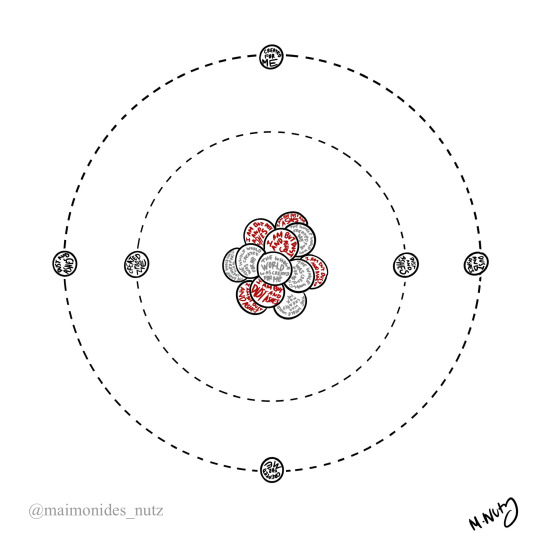
There’s a teaching in Judaism that one should carry two notes, one in each pocket. One should say “I am but dust and ashes,” and the other should say “the whole world was created for me.” They are seen as opposites; you check one when you’re feeling down on yourself and the other when you’re feeling especially full of yourself. The idea is to maintain balance, but I think the way to achieve full harmony is to realize how they are saying the same thing.
That’s why I have imagined them as a carbon atom. Carbon is a main component of dust (and ashes), but also one of the main building blocks of life. Carbon simultaneously encompasses all. It’s in us, it’s in the stars, the planets, the trees. We are built to exist, yet we are also the building blocks of existence. If we keep both in mind, we can live in balance all the time.
7K notes
·
View notes



